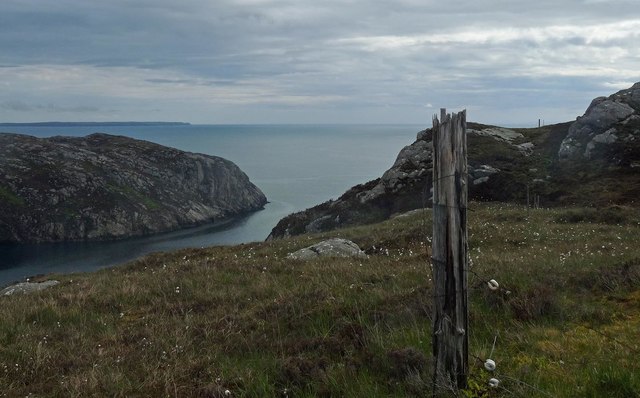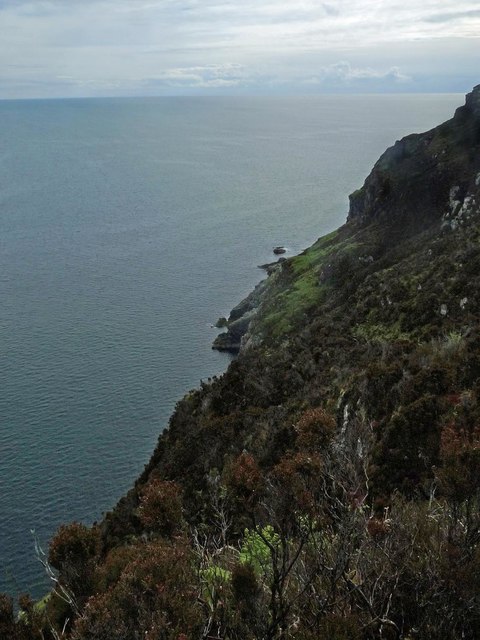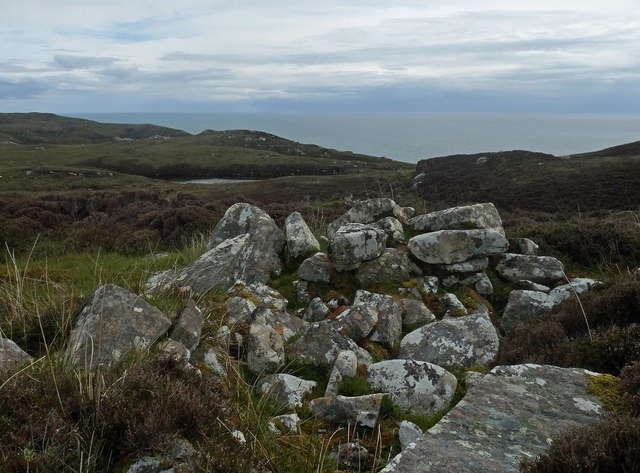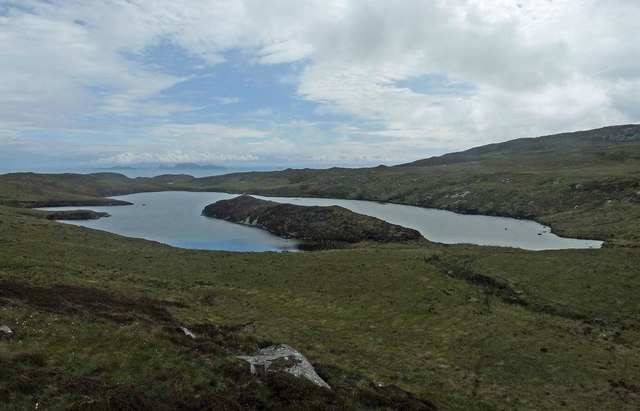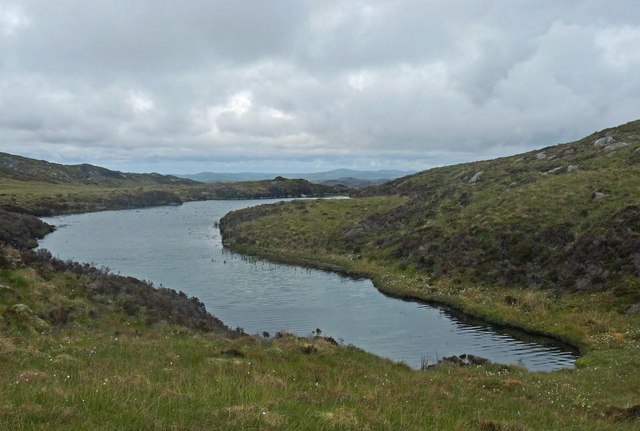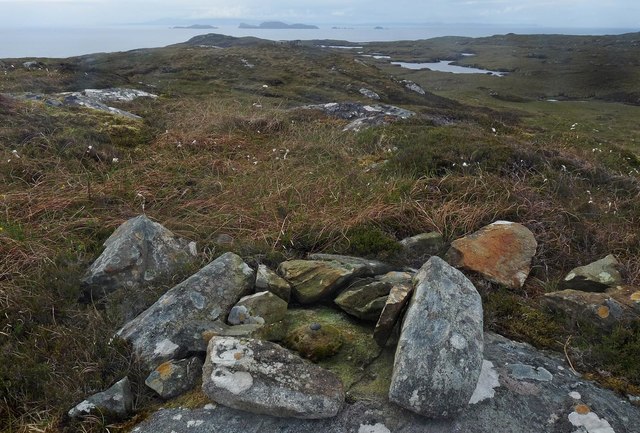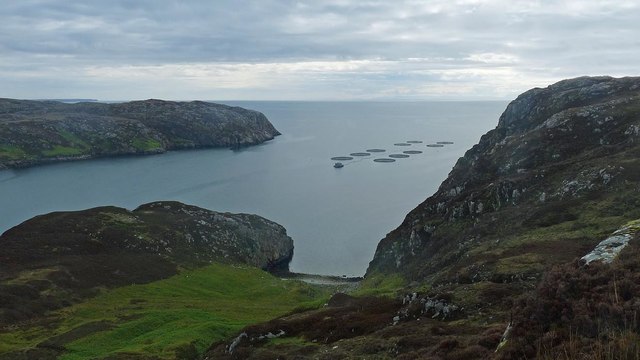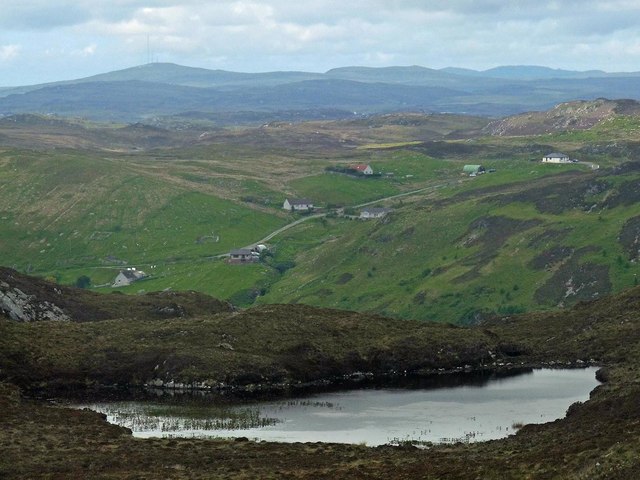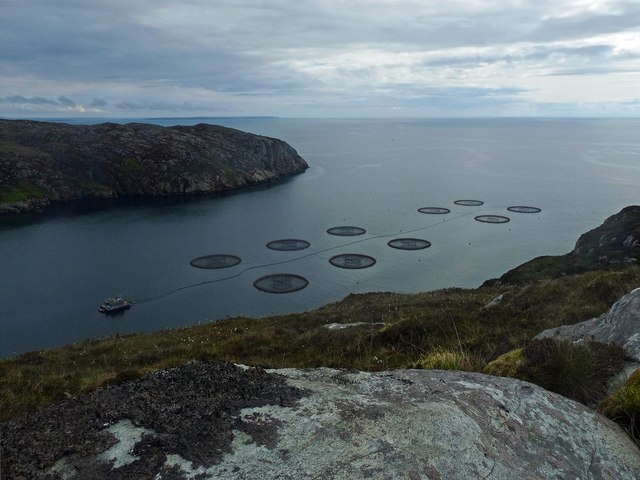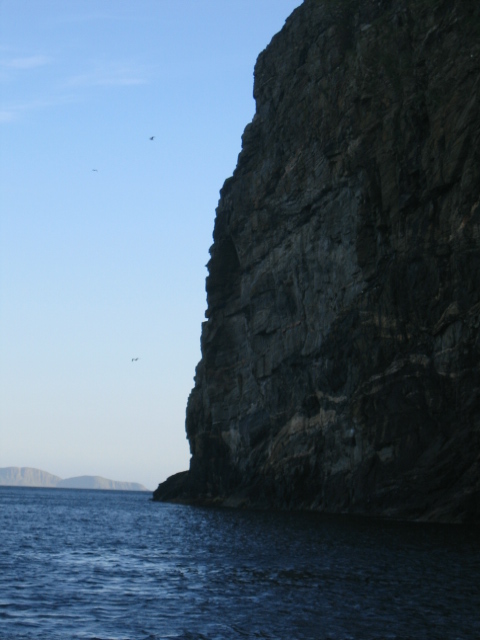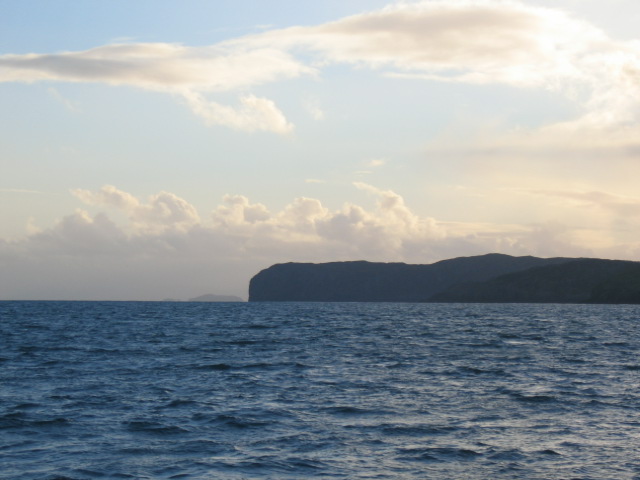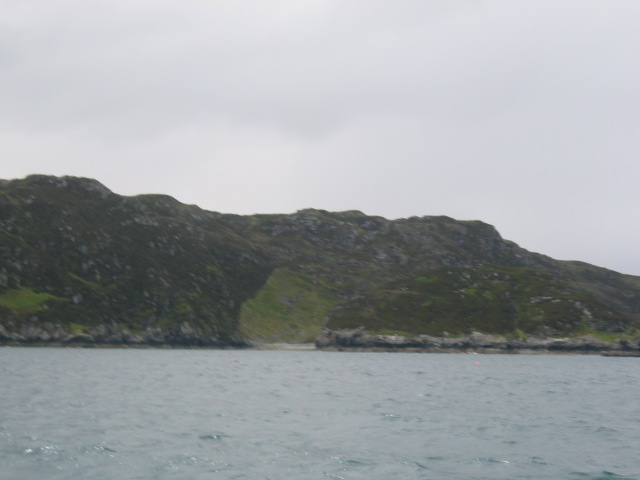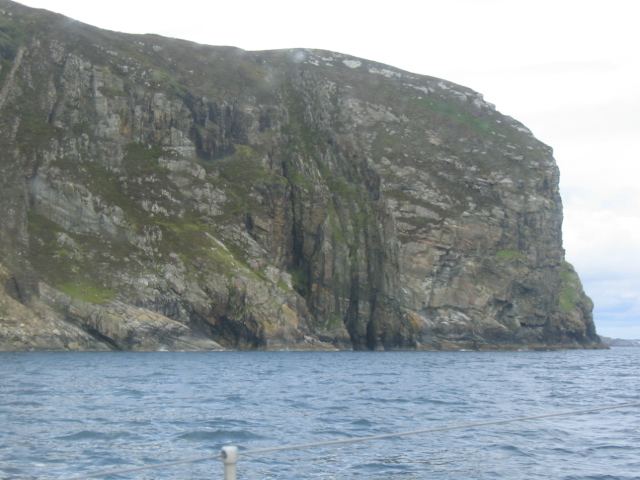Loch Gleann Laoigh
Lake, Pool, Pond, Freshwater Marsh in Ross-shire
Scotland
Loch Gleann Laoigh
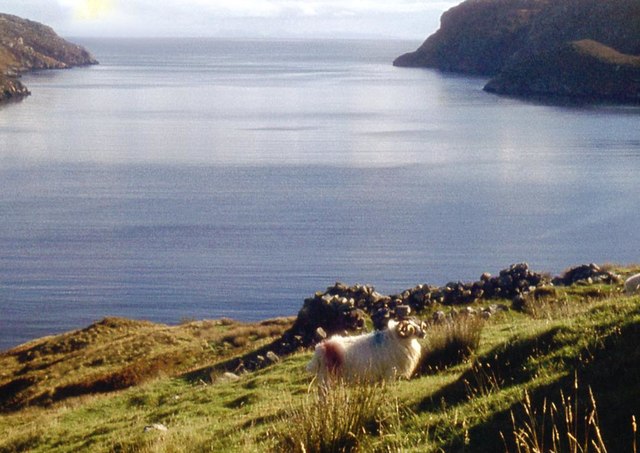
Loch Gleann Laoigh is a picturesque freshwater lake located in Ross-shire, Scotland. Nestled amidst the stunning Scottish Highlands, this natural gem is a popular destination for nature enthusiasts and tourists seeking tranquility.
Stretching over an area of approximately 100 hectares, Loch Gleann Laoigh boasts crystal-clear waters and is surrounded by verdant hills and dense forests. It is a relatively shallow lake, with an average depth of around 5 meters, making it an ideal habitat for various species of aquatic flora and fauna.
The lake is fed by several small streams and springs, which contribute to its pristine water quality. Its shores are lined with patches of reeds and rushes, creating a diverse freshwater marsh ecosystem that supports a wide range of bird and animal species. Visitors can spot migratory birds such as swans, geese, and ducks, as well as smaller water-dwelling creatures like otters and water voles.
Loch Gleann Laoigh is also a popular spot for fishing enthusiasts, with its waters teeming with various species of fish, including brown trout and pike. Anglers can enjoy a peaceful day by the lake, casting their lines and relishing the serenity of the surroundings.
The lake offers breathtaking views all year round, with the changing seasons painting the landscape in vibrant hues. Whether it's the lush greenery of spring, the golden hues of autumn, or the pristine snow-covered landscape in winter, Loch Gleann Laoigh never fails to captivate its visitors with its natural beauty.
In conclusion, Loch Gleann Laoigh is a stunning freshwater lake in Ross-shire, Scotland, offering a diverse ecosystem, excellent fishing opportunities, and breathtaking views for visitors to enjoy.
If you have any feedback on the listing, please let us know in the comments section below.
Loch Gleann Laoigh Images
Images are sourced within 2km of 58.036252/-6.3668223 or Grid Reference NB4213. Thanks to Geograph Open Source API. All images are credited.

Loch Gleann Laoigh is located at Grid Ref: NB4213 (Lat: 58.036252, Lng: -6.3668223)
Unitary Authority: Na h-Eileanan an Iar
Police Authority: Highlands and Islands
What 3 Words
///strutted.playing.slug. Near Leurbost, Na h-Eileanan Siar
Nearby Locations
Related Wikis
Calbost
Calbost (Scottish Gaelic: Calabost) is a village on the Isle of Lewis in the Outer Hebrides, Scotland. Calbost is within the parish of Lochs, and within...
Gravir
Gravir (Scottish Gaelic: Grabhair), is a village on the shore of Loch Odhairn (a sea loch) in the Park district of the Isle of Lewis. Gravir is within...
Eilean Liubhaird
Eilean Liubhaird or Eilean Iubhard is an island in the Outer Hebrides, to the east of Lewis. == Geography and geology == The rock is "gneiss bedrock with...
Orinsay
Orinsay (Scottish Gaelic: Orasaigh) is a crofting village on the Isle of Lewis in the district of Pairc, in the Outer Hebrides, Scotland. The settlement...
Stiomrabhaig
Stiomrabhaig is an abandoned crofter's village on the Isle of Lewis in the Outer Hebrides. == History == The United Kingdom Census 1851 shows that the...
Cromore
Cromore (Scottish Gaelic: Crò Mòr) is a crofting township on the Isle of Lewis in the district of Pairc, in the Outer Hebrides, Scotland. The settlement...
Cabharstadh
Cabharstadh or Caversta (Scottish Gaelic: Cabharstaigh) is a village on the Isle of Lewis in the Outer Hebrides, Scotland. Caversta is situated in the...
Eilean Chaluim Chille
Eilean Chaluim Chille (Gaelic: island of Saint Columba, Calum Cille) is an unpopulated island in the Outer Hebrides. It lies off the east coast of Lewis...
Have you been to Loch Gleann Laoigh?
Leave your review of Loch Gleann Laoigh below (or comments, questions and feedback).
